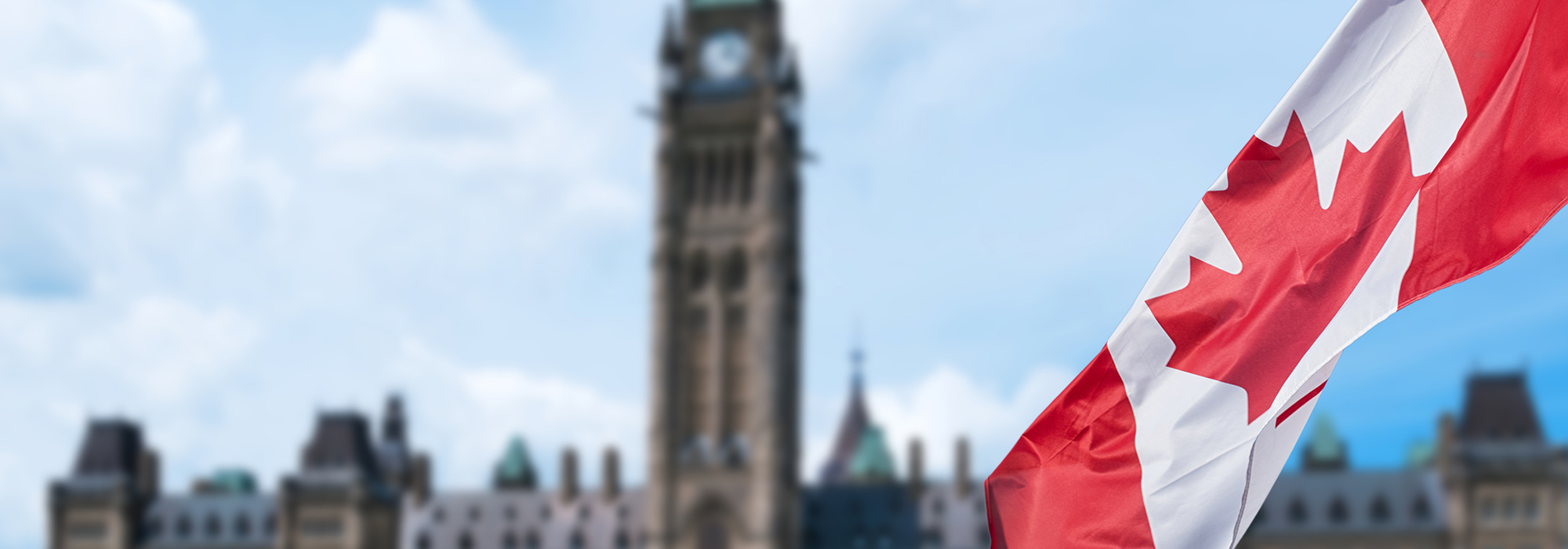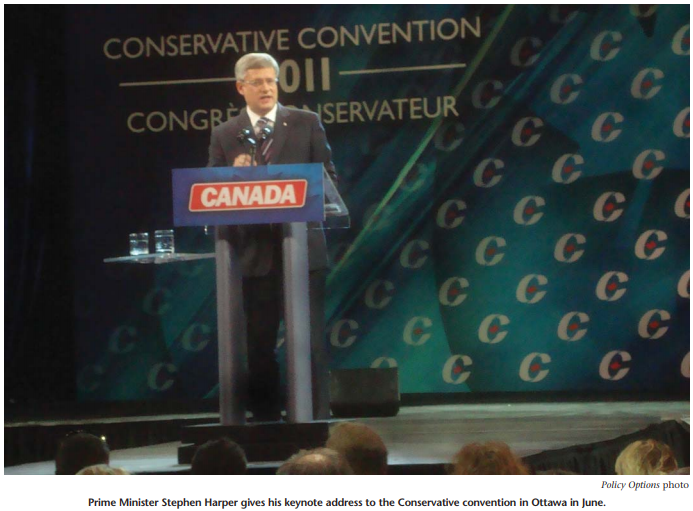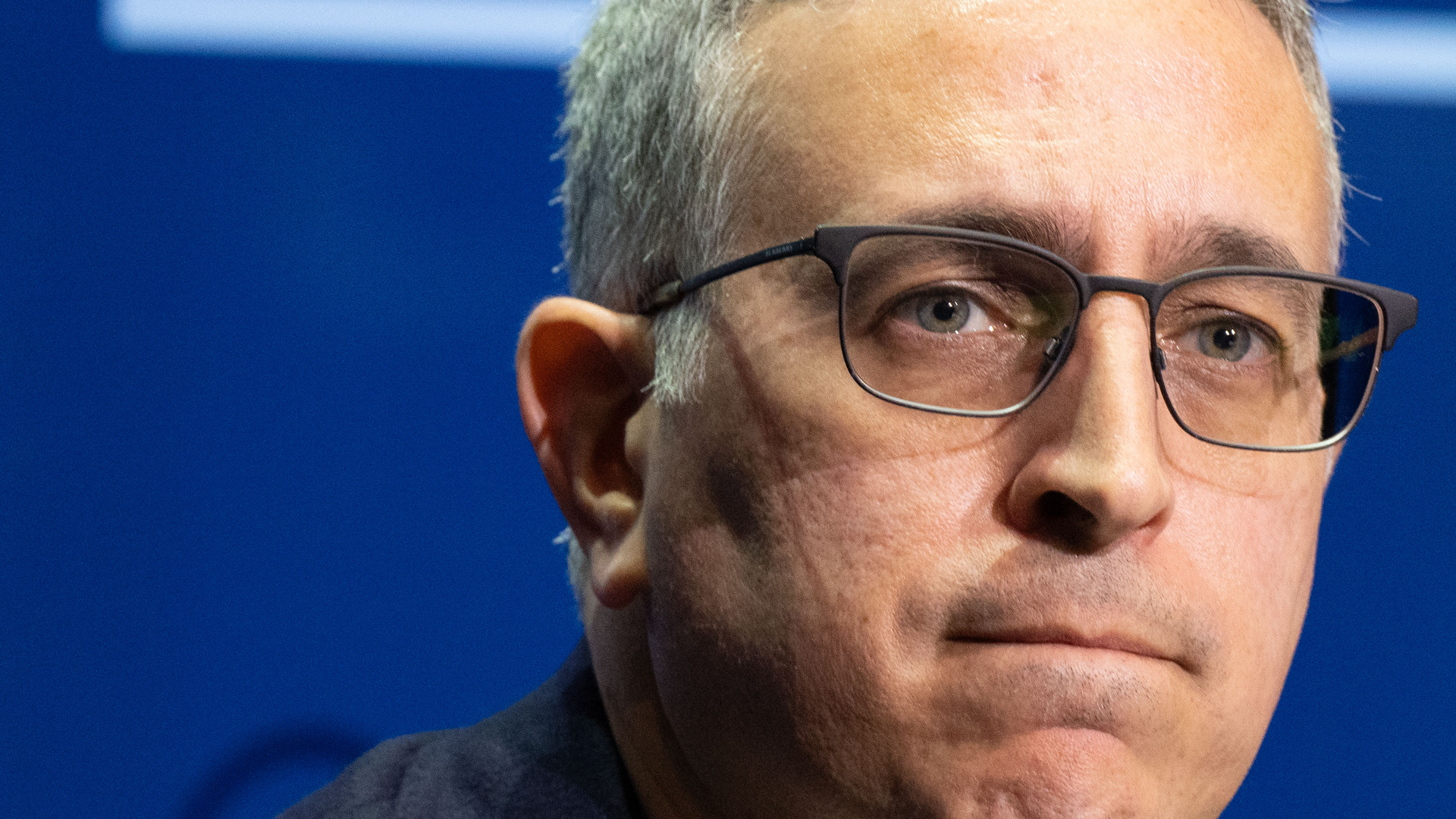
Please stand by. We are experiencing technical difficulties. The Canadian political system is currently adjusting to majority government after three inconclusive elections and seven long years of fractious minorities. The pace of both politics and governing is returning to normal, but things will be quite different. Your patience is appreciated during this period of transition.
None of us has ever heard this imaginary public service announcement, but it’s been echoing through my mind since the watershed election of May 2. Not only did the Conservatives realize their long-sought majority, but Canadian voters also fundamentally recast the country’s political system. They vaulted the NDP from fourth-party status to Official Opposition, costing Michael Ignatieff his job and placing the Liberals in uncharted third-party territory. And they all but euthanized the Bloc Québécois, returning Canada to a three-party system for the first time in 20 years. Not bad for a day’s work! Then, while the political class was digesting all of this realignment, the tragic death of Jack Layton in late August deprived the NDP of its iconic leader and added a new element of uncertainty to the mix.
All of these changes — a Conservative majority, a strong NDP Official Opposition, the Liberals as third party, the apparent end of the Bloc and both parties searching for new leadership — constitute the “new normal” of Canadian politics. So how’s this all going to turn out? Will the Conservatives successfully transition from the permanent campaign to the long haul of governing? Will they tackle the big issues that successive minorities pushed to the back burner? Who will lead the NDP and Liberals, and how will those parties address the merger-coalition question? And how will the loss of Jack Layton impact his party’s very real challenge of integrating 58 new Quebec MPs into the NDP’s “rest of Canada” caucus?
Compared to the challenges facing the other parties, the Conservatives clearly have the easiest adjustments to make, but they are not insignificant. Experienced federal politicians who have seen both sides of the aisle in Parliament will tell you that your worst day in government is a hundred times better than your best day in opposition. The Conservatives are now learning that your worst day with a majority is about a thousand times better than your best with a minority.
The reason is that their majority relieves the Conservatives of walking the deadly daily tightrope of imminent defeat. They have a majority on all House of Commons committees, so they know they will get their legislation through with few significant delays. The minority scenario of opposition parties playing games in committees, forcing the appearance of scores of witnesses to delay the process and subverting the intent of legislation through amendments they can actually pass, is ended. In a majority, the opposition can succeed in stopping the government only through the cogency of its arguments and criticisms and the mobilization of public opinion. Moreover, the government has a guaranteed four-year run, so it can now plan beyond the next budget cycle, take on long-ignored issues and expend some political capital to make necessary but controversial or potentially unpopular reforms.
The first order of business will be to clean up the mess left by seven years of minority governments. Despite all the rose-coloured talk about consensus between political parties creating better legislation and the benefits of “making Parliament work,” the past seven years have been a period of inertia and stagnation in public policy, with a number of major issues left to fester and worsen. For example, Canada’s intellectual property regime currently ranks behind that of Botswana because minority paralysis killed three successive attempts to create a modern copyright act. Canada’s record on competitiveness and innovation significantly lags that of our major trading partners, threatening our future prosperity in the highly competitive global economy. The relationship between the federal government and our Aboriginal communities cries out for a radical rethinking backed by a modern policy framework based on responsible governance.
Much has been made of the advantages the prime minister will enjoy in Parliament facing two opposition parties with interim leaders, but it is unlikely the government will engage in much basking. A busy fall parliamentary session will fulfill campaign promises and clean up a number of legislative initiatives that were stalled in the House due to the previous minority. Major legislative initiatives will include reintroduction and passage of the Copyright Modernization Act, the human smuggling bill, the criminal justice omnibus bill, abolition of the long-gun registry and changes to the mandate of the Canadian Wheat Board.
Away from the House of Commons, it will be a policy-heavy fall on the governing front. A number of major initiatives were underway when the May election was called and each is likely to be completed (or reach major milestones) between now and Christmas:
- The foreign policy and aid review;
- The negotiations on HST compensation for Quebec;
- Release of the report of the Expert Panel on Research & Development (expected in October);
- Announcement of the rules and process to govern the next spectrum auction to be held in 2012, including possible changes in the rules governing foreign investments in Canadian telecommunications companies;
- Revised foreign investment rules in light of the 2010 potash decision;
- Launch of the digital economy strategy;
- Continued negotiations to complete the Comprehensive Economic and Trade Agreement with Europe, and launch of the Canada-India trade negotiations;
- Continued negotiations on the Canada-US Perimeter Security and Economic Competitiveness Agreement (President Obama and Prime Minister Harper are to meet on this issue later in the fall);
- Launch of the aerospace and space competitiveness review; and
- Announcement on national shipbuilding procurement.
The first order of business will be to clean up the mess left by seven years of minority governments. Despite all the rose-coloured talk about consensus between political parties creating better legislation and the benefits of “making Parliament work,” the past seven years have been a period of inertia and stagnation in public policy, with a number of major issues left to fester and worsen.
In addition to these major files and behind the scenes, the government is at work on two major initiatives to re-imagine much of what the federal government does and to reengineer how it does it. The Treasury
Board Sub-Committee on the Strategic and Operating Review is searching for $4 billion per year in savings by 2014-15. The first round of cuts will be unveiled in next spring’s federal budget. Also, on August 4, the government announced the creation of Shared Services Canada, a new agency that will streamline and modernize information technology services across the government to make them more efficient and cost-effective.
By Christmas, it is likely that much of this clean-up will have been completed and the government will then have the opportunity to present a new set of priorities to Parliament. They will be able to move from the minority realm of “How much of this do you think we can get through?” to the majority position of “What do we actually want to accomplish as government?” Already there are signs of the government discovering a planning capability, re-engaging with the senior public service and calling for new thinking on big challenges and new ideas to address old problems. A midwinter Throne Speech could present a fresh agenda to guide the next two years of the four-year majority.
If there was one person capable of making sense out of the NDP’s stunning Quebec breakthrough on May 2 and translating it into a permanent advantage, it was Jack Layton. With his departure from the scene, that challenge looms very large indeed for the party he has left behind. The definitive explanation of what happened in Quebec is yet to be written but it appears to have been a combination of a hopelessly inept campaign by Gilles Duceppe and significant Bloc fatigue among Quebec voters, as well as waning interest in the sovereignist option, a withdrawal of Parti Québécois support from the Bloc and, of course, le Bon Jack.
With his brave performance in the campaign and his Quebec roots, Layton captured the imagination of Quebec voters with a softer but more effective nationalist message than the Bloc’s, all wrapped up in the sunny and optimistic package of the happy warrior. But the skills and attributes that enabled Layton to make the breakthrough in Quebec are the same ones he would have used to build a unified national caucus and deepen the shallow roots of his party in Quebec, to ensure all those NDP votes had not just been rented. He would have been the essential go-between in knitting the two sides of his huge caucus together, interpreting each to the other, sorting out misunderstandings and building more sophisticated and more balanced national policies for his party. With Layton gone, this task will fall to a new leader, but with all due respect to the potential candidates, none has the combination of moral authority, record of achievement and proven mediation skills that he possessed.
Both the Conservatives and the Liberals will be following this process very closely. If the NDP cannot quickly solidify its new-found base in Quebec and build a durable presence there, the other two parties are prepared to fight it out on the ground. Certainly the prime minister is watching closely. His recent appointment of the affable and experienced André Bachand as his senior adviser for Quebec signals that for the PM, Quebec is “in play” for the next election.
Knitting together the strands of new NDP caucus is just the first of many challenges the next NDP leader will face. As Official Opposition, the NDP for the first time inherits the mantle of alternative government, and the result will be much stronger scrutiny of its policies by the media and the electorate. The positions the party takes on major issues will be constantly parsed in terms of their sensitivity to prevailing public opinion, and they will find themselves regularly forced to create new balances between principle and pragmatism. The reason is that governing Canadian political parties tend to hug the centre, with occasional ideological feints to the left or right to satisfy their more radical elements or to respond to particular circumstances or challenges. It is a delicate balance, requiring creative leadership and willing followership.
This principle versus pragmatism dynamic is about to become the daily bread and butter of the NDP on at least two key fronts.
With his brave performance in the campaign and his Quebec roots, Layton captured the imagination of Quebec voters with a softer but more effective nationalist message than the Bloc’s, all wrapped up in the sunny and optimistic package of the happy warrior.
In its long-standing third- or fourth-party status, the NDP has tended to have relatively fixed (and some would say ideological) positions on many major national issues. For example, the party has had a somewhat crusty relationship with Canadian pharmaceutical companies, believing that sector to be little more than a self-serving cost centre in the health care system rather than as a source of much-needed foreign investment and the creator of many high-value jobs in the Canadian economy. Someday soon, a number of the newly minted NDP Quebec MPs are going to realize that they represent many of the 15,000 highly skilled Canadian employees in the sector, not to mention part of the $1.5 billion in annual investments the sector makes in this country. Will this result in a more balanced approach from the NDP? We will see.
Another example is free trade. While the party claims it favours “fair trade” over “free trade,” the NDP has opposed every free trade agreement Canada has entered since NAFTA. The party’s former trade critic, Peter Julian, and several of his colleagues, have been virulent opponents of every trade agreement negotiated by the Harper government. It will be interesting to see whether their protectionist sentiments carry forward in the new Parliament.
A similar push-pull will emerge in the NDP leadership race. The candidates for leadership will be conducting a search for hearts and minds within the party family, but the entire country will be watching and listening. As they appeal for support, their more radical and ideological entreaties will run the risk of alienating the party from more moderate and mainstream political and policy values.
The challenges facing the Liberals over the next four years are as significant as they are complex. The first is leadership. When Paul Martin retired, there had been only one Liberal leader in 129 years who had not ultimately become prime minister — Edward Blake — who headed the party in the 1880s. Five years later, the number has risen to three, courtesy of the leaderships of Stephane Dion and Michael Ignatieff.
Canadian political parties are relatively tolerant of electoral failure in their political leaders, so long as step-by-step progress is being made toward the goal. But the Liberals now face a leadership situation that few parties have seen in recent times, namely the dashed expectations of Paul Martin’s prime ministership, followed by two successive leaders who brought the party to historic lows in public support. This has resulted in a growing concern among Liberals that they have been captured by the “silver bullet” theory of leadership, that all problems of policy, positioning and reputation can be solved by the right leader.
Perhaps the broader question facing Liberals is what they can do to ensure that people of quality and experience will consider the leadership worth pursuing in 2013. That question will be answered in part by how they attempt to position themselves vis-à-vis the other two parties over the next 18 months. Do they target the Conservatives, or the NDP, or both? Against which of their opponents do they differentiate themselves and how? Or do they set about redefining the centre in Canadian politics and decide later whether to play for second or play for first in the next election? The NDP leadership vacuum offers the Liberals a short-term opportunity to try to usurp the Official Opposition role, but neither the Conservatives nor the NDP will give the Liberals a pass. Having pushed the Liberals to third-party status, it is in the interests of both to marginalize the Liberals by making politics a two-way conversation between themselves.
The final element of the new normal is actually a carryover from the last Parliament, and that is the question of a merger between the NDP and Liberals to create a unified centre-left alternative to the Conservatives, or at the very least an agreement to “cooperate” against the Conservatives. The idea has had some distinguished sponsors in recent years, including Jean Chrétien, Ed Broadbent and Roy Romanow, but NDP support for the idea has waned in the weeks following the May 2 results.
While some would like to see the idea inserted into the NDP’s current leadership contest, it’s essentially a nonstarter at the present time. Having just broken through to Official Opposition status, the NDP will want to learn the new role and enjoy their enhanced status, and as noted earlier, they will have enough challenges integrating 58 new Quebec MPs into their caucus without having to manage a merger with the Liberals as well. For their part, most Liberals appear cool to the idea, preferring to work at building back the policy and financial base of the party, instead of throwing in their lot with the NDP. If both sides are smart they will also consider the possibility that the “whole” created by a merger might not turn out to be “greater than the sum of the parts.” When the former Progressive Conservative and Alliance parties merged a few years ago, they brought most of their former adherents into the new entity. With the Liberals and NDP, this might prove to be a larger challenge, with some hard-left NDPers staying away from a merged party, and some right-wing Liberals defecting to the Conservatives.
Photo: Shutterstock









